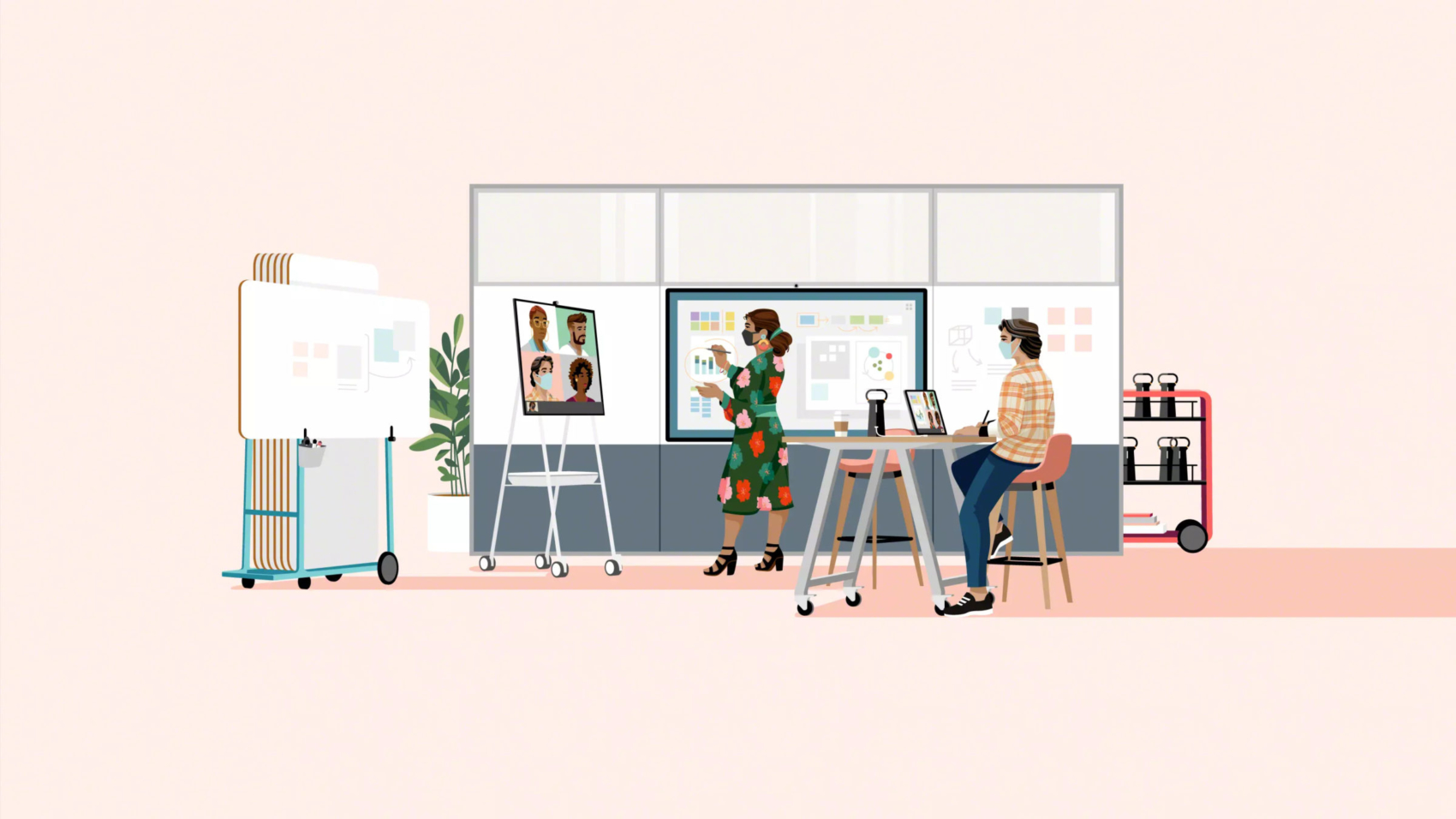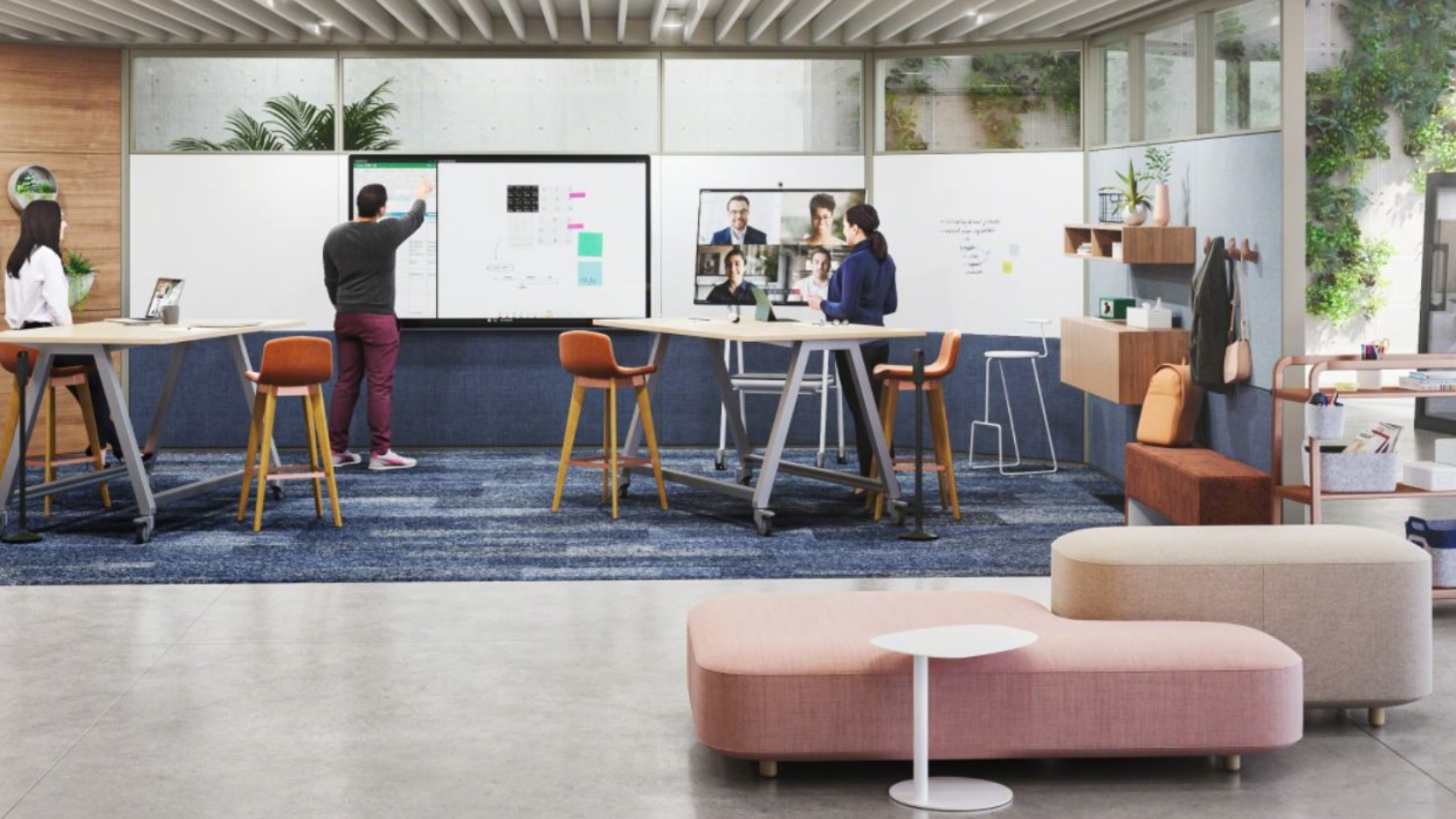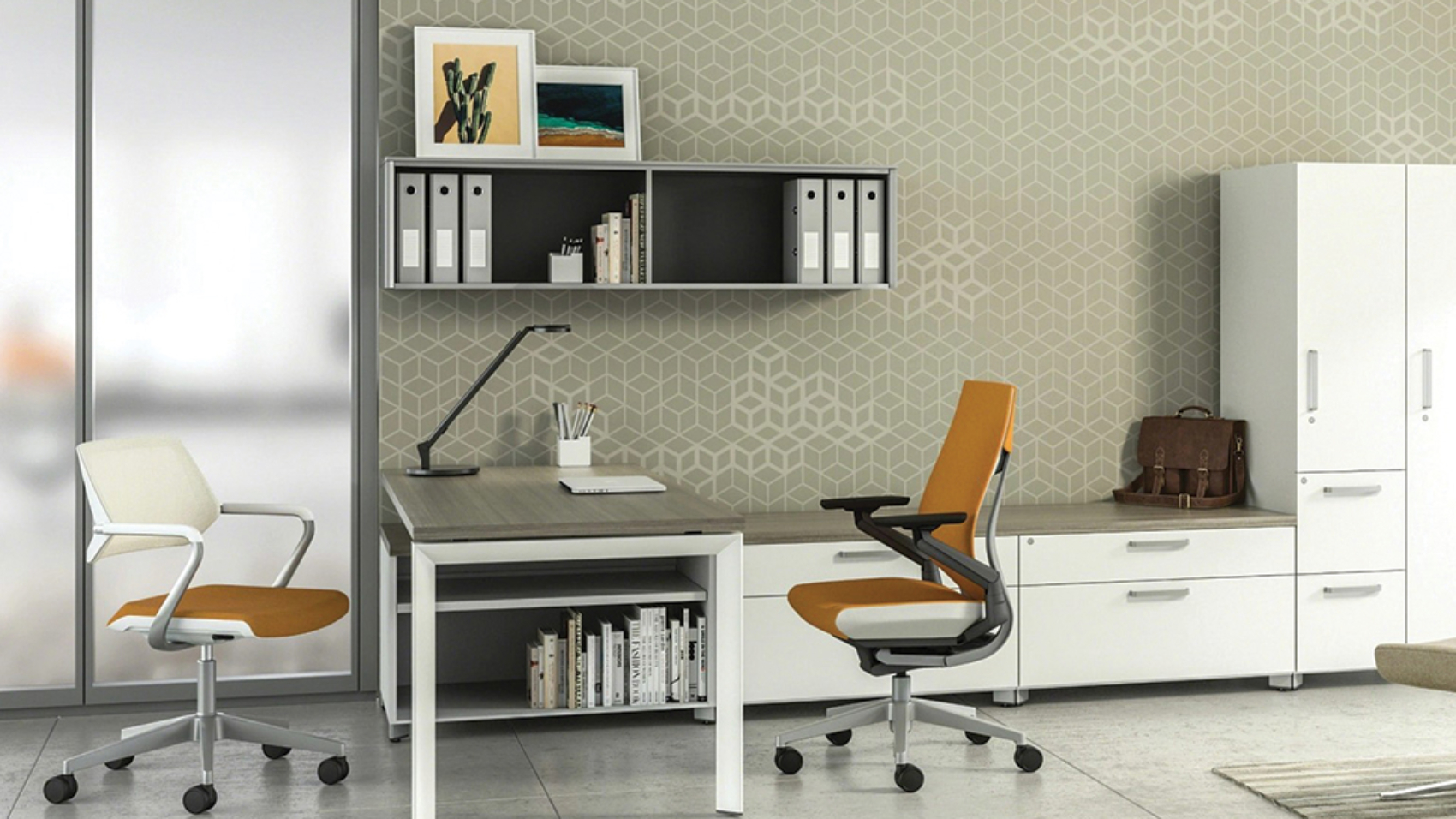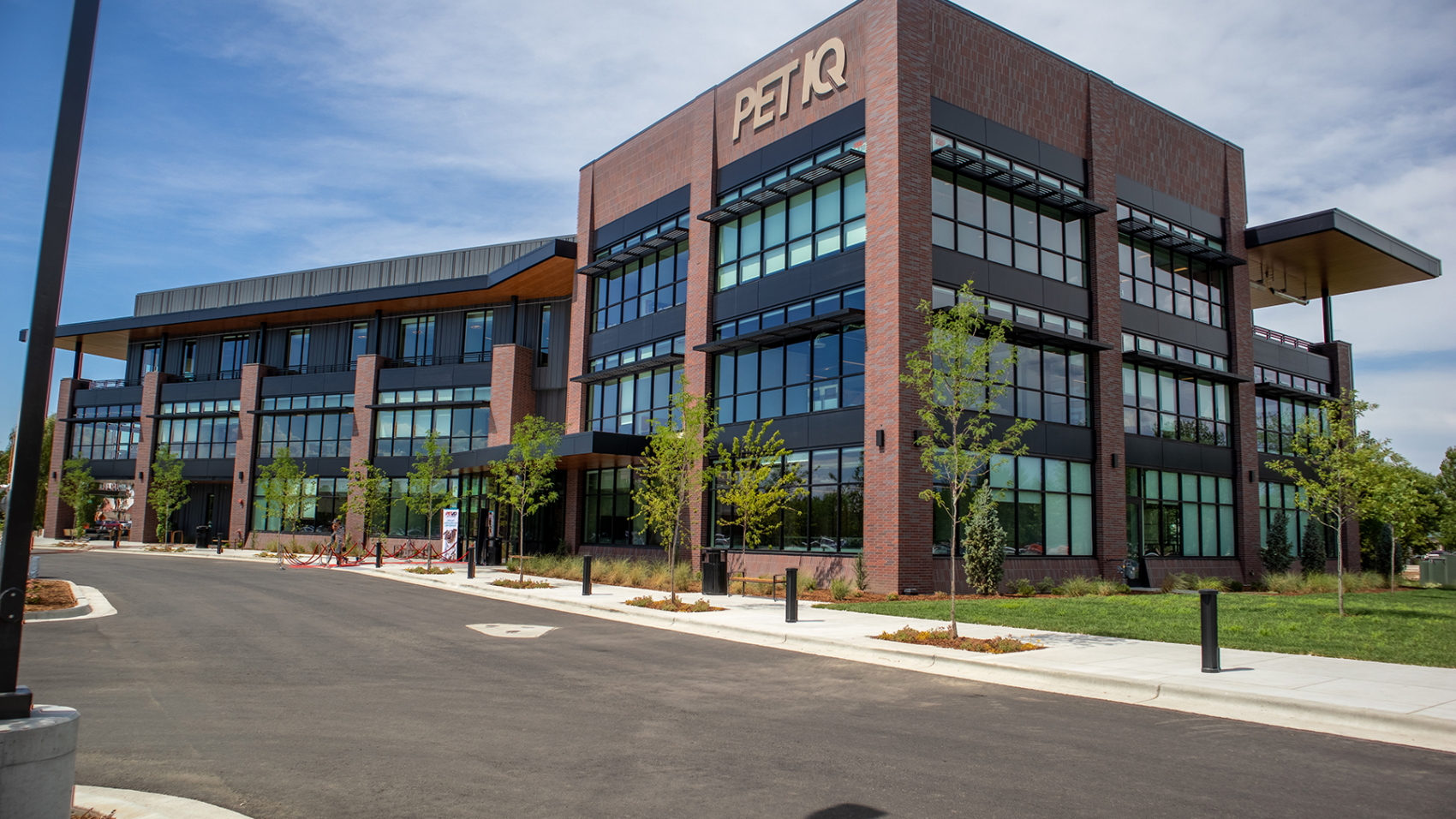Develop more explicit norms to set hybrid teams up for success.
As more organizations return employees to the office, many are also allowing more flexibility for employees to choose where and how they need to work. When everyone is in the office, many cultural values and social norms can go unspoken. A hybrid workplace requires more clearly communicated shared etiquette and protocols. More explicit norms will increase equity and engagement, and create a sense of inclusion and belonging. Remember to stay agile and revisit these as needs change.
Here are six tips from Steelcase
1. Schedule Transparency
Develop a system for communicating who will be in person and who will be remote. This will impact who comes in (when your colleague is in the office, you’ll likely want to be as well), and it will impact the space and technology needed. Make this available to all so people can plan the best possible collaboration experience.
2. Social Start
Make proper introductions so everyone in the room and on video is familiar (remote participants should have video on whenever possible), and start each meeting with just a few minutes of check in to build social capital.
3. Hear and Be Heard
Know and clearly mark where microphones are in the room and make sure everyone who is remote can hear what’s going on and be heard. Ask people to avoid making noise that will make it harder to hear (loud typing, crunching, side talk).
4. See and Be Seen
Consider assigning an in-person participant to pay attention to what remote attendees see. Does the camera need to move? Can remote attendees see content? Do you need to send a photo for a close-up of markerboard content?
5. Pause with Purpose
Stop regularly and ask remote participants if they have input. Develop engagement protocols based on group size and type of work. Will everyone raise their hand digitally? Who will monitor the chat? How will you ensure remote participants can jump in and engage?
6. Clear Next Steps
One of the worst experiences as a remote participant is missing the wrap up conversation that can happen after a meeting is officially over. Avoid this by ending each collaboration session with clearly stated and visible next steps.
Receive our Newsletter
To receive our newsletter, including new editions of spaces and other digital content, fill out the form below:
Receive our Newsletter
To receive our newsletter, including new editions of spaces and other digital content, fill out the form below:













